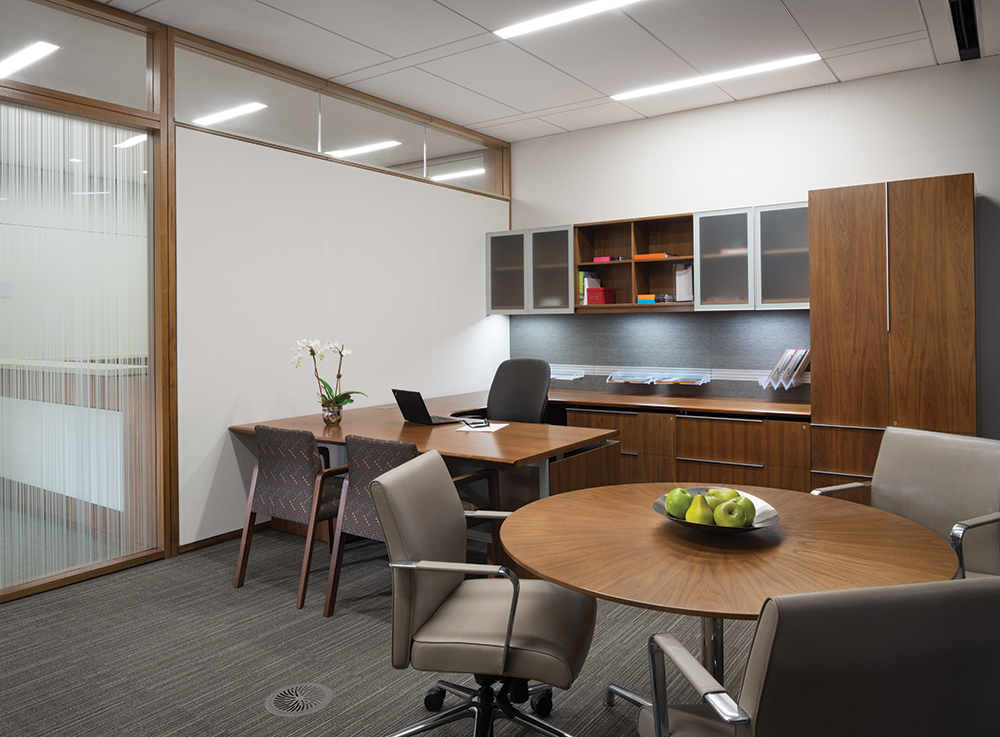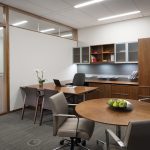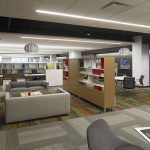How Design-Build Firms Find More Value for Clients

The design-build construction model offers customers a faster and lower-cost means of building, compared to the traditional design-bid-build model. Design-build firms accomplish this feat by merging the design and construction teams together, centralizing accountability and facilitating more efficient information-sharing.
Commercial building projects are focused on ROI and design-build firms help owners capitalize on their buildings’ financial return faster with shorter construction timelines.
Often chosen by customers with time and price constraints, design-build firms have specific needs revolving around cost and speed. Material and construction techniques are evaluated for projects based on these two factors so the firm can deliver their projects on-budget and within customers’ tight construction schedules.
To achieve these results, high-caliber design-build firms reduce costs by using standard products that can be delivered quickly and installed easily rather than waiting or paying for a premium grade product. These firms also don’t want products that appear cheap or have poor performance as that is not helpful to anyone.
Using mid-grade standard products avoids the headaches of made-to-measure items, namely, the need for specialized designers, high costs for materials and installation, long lead times and the frustrating times when a building’s physical reality diverges from its blueprints.
Custom-Designed Products Eliminate Need for Lighting Designer
With lighting, custom-designed solutions require a lighting designer. To save time and money, design-build firms will typically use standard lighting products, which also dispenses with the need for a specialty designer.
Using standard products also eliminates the problems of long delivery times and high costs. Made-to-measure products take longer (by several weeks or months) to manufacture than standard products. There is no economy of scale for the manufacturer as each component must be made to the exact specifications of a given project—which also necessarily raises prices.
Besides the extra time requirements for custom lighting products, there is the common issue of the physical space in a building not matching the plans. Walls are out of square, out of plumb, or any number of other surprises that can happen on a job site, requiring a redo on the custom-measured lighting.
These delays can knock apart carefully estimated construction timelines and have a butterfly effect on building completion down the line.
Special Lighting Brackets Solve Made-To-Measure Headaches
To avoid these problems, design-build firms need standard products. Designing within the limitations of standard product sizes eliminates the made-to-measure inconveniences.
For example, using lighting that comes in standard lengths and with brackets to join these lengths together makes linear runs far simpler and less expensive for both customers and manufacturers.
If the design calls for recessed linear lighting to run from wall to wall measurements MUST be confirmed before any manufacturing can be started which causes major delays in installation. Using standard run length linear you simply run your lengths to get as close as you can to the walls (within a few inches) and use a standard plus bracket which is field cuttable to complete the run. This is a lower cost solution in both material and installation.
These brackets expertly mask the fact that the lights are too short and solve the problem easily. It is a made-to-measure appearance without the headache.
Finally, standard products can be delivered very quickly, sometimes in just a few days instead of several weeks or months. This time savings can have a significant impact on the project’s timeline and help keep things on time and on budget for everyone.
Just because a product is off-the-shelf, it does not mean it is a lesser quality than a made-to-measure product. The products can be the exact same in every way except one is made with standard lengths, while the other is customized.
Good design-build firms understand they do not need to sacrifice materials to provide value to the customer. With savings of up to 35 percent on standard products compared to made-to-measure lighting, off-the-shelf lighting is an easy way for design-build firms to stay on-budget and on-time.

